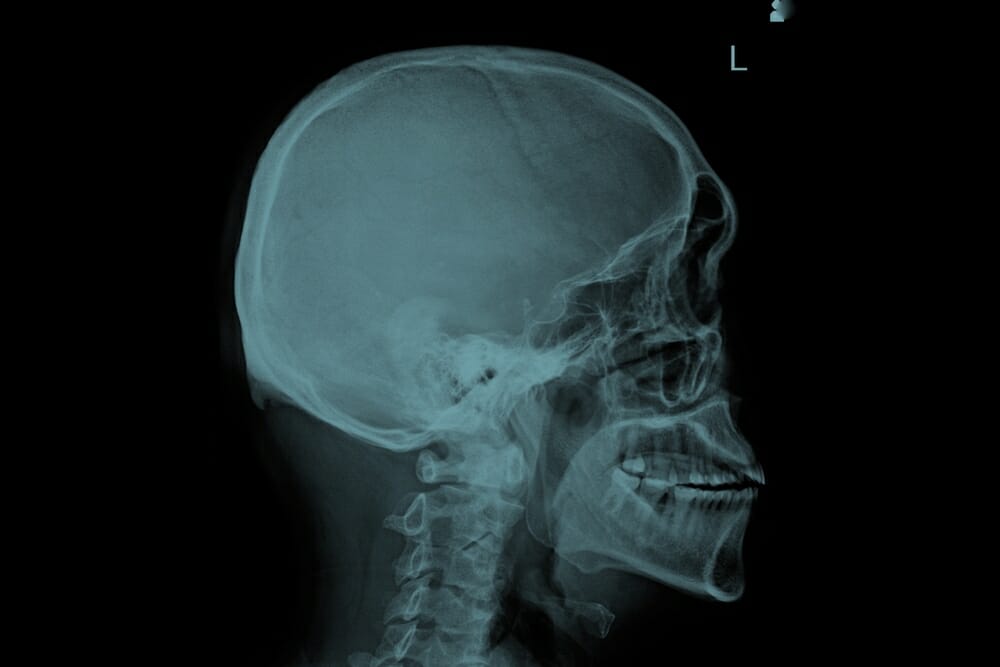
Getting into a crash can and will often lead to injuries of the brain and head. While the skull can absorb a lot of damage, it is not infallible, and too much force or pressure can cause the skull to crack or fracture.
This can lead to a myriad of health problems in the short and long term. Thus, it is important to identify and treat skull fractures as soon as possible to limit these damages.
Merck Manual examines skull fractures that may occur due to crashes. Skull fractures will happen in the event that an object hits the skull - or the head hits an object - at a high velocity, or with a lot of force and strength. When a skull fracture, it can cause physical injury and may result in immediate red flags.
First, victims will often display neurological and cognitive troubles similar to those of traumatic brain injury (TBI) victims. This can include confusion, aggression, irritation, memory loss and a general sense of emotional overwhelming. Victims may also struggle with nerve and mobility issues, experiencing paralysis in some or all limbs to varying degrees.
Victims will also sometimes experience what appears to be bruising around the eyes and behind the ears. However, this does not happen because of external trauma. Rather, skull fractures may cause internal bleeding within the head. This blood will settle in the hollow areas of the skull, such as the aforementioned locations.
Noticing any of these issues should result in reaching out for medical aid immediately. Take care not to move victims of skull fractures unnecessarily, as you do not know what will do further damage.




